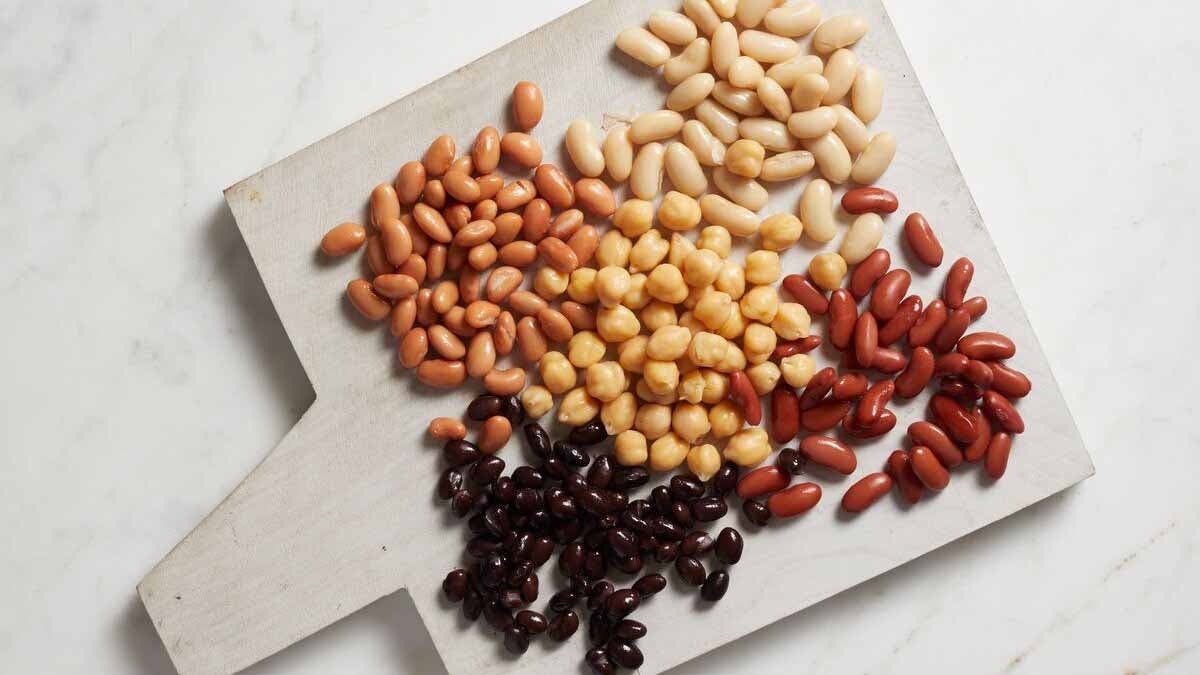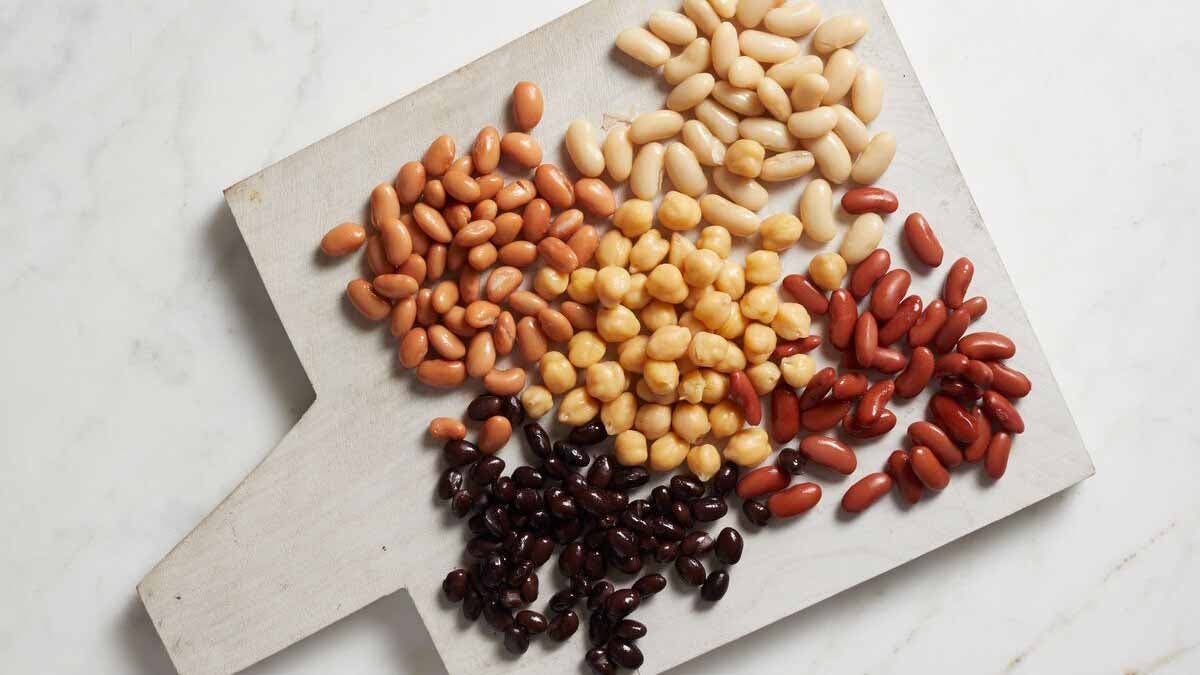Is it a bean? Is it a pea?


What do chickpeas, lentils and black-eyed peas all have in common? This article contains everything you need to know about these super-nutritious and versatile plant-based ingredients.
What’s the difference between a pulse and a legume?
The terms “pulse” and “legume” are often used synonymously despite having distinct meanings. Legumes are part of the Fabaceae or Leguminosae family, a massive family of flowering plants which includes around 20,000 known species. The word legume applies to the stem, pods and leaves of an entire plant in the Fabaceae family; peanuts, soybeans (or edamame) and peas in their pod are all examples of legumes. Pulses are the dry, edible seeds found in the pods of legumes — beans and dried peas are two types of pulses. Pulses tend to be overwhelmingly low in fat and cholesterol while being high in fibre, iron, protein, and folate.
Chickpeas
Chickpeas, also known as garbanzo beans, are considered a staple ingredient in many different culinary cultures around the world. Chickpeas are divided into two types: kabuli chickpeas and desi chickpeas. Kabuli chickpeas are the larger of the two and are the variety most often used in North American cooking. Kabuli chickpeas are smooth, light in colour and are larger than desi chickpeas, which tend to be darker and smaller in comparison. Look for dried chickpeas in bulk food stores or the international aisle of the grocery store — you’ll find a wider selection of chickpeas to experiment with when making dips, soups, stews and salads.
Black-eyed peas
Despite the name, black-eyed peas are actually classified as beans, not peas. Black-eyed peas are also known as goat peas, the most popular variety of black-eyed pea in North America is called the California Buckeye. Black-eyed peas are traditionally used in Southern cooking, where they’re often served with smoked ham hocks, slow-cooked greens, and cornbread. Black-eyed peas appear in recipes all over the world: Brazil, Indonesia, India, Colombia, Egypt, and Portugal — in addition to many other countries — also consider this versatile and hardy pulse an important part of their national cuisine.
Lentils
Under the pulse umbrella, lentils are in a category all their own. There are several types of lentils: red, black, French or le Puy lentils, and small brown and green lentils. Small brown and green lentils are the variety typically used for canned lentils; keeping a can or two in the pantry means you’re never more than 20 minutes away from a homemade meal. Canned lentils can be used to bolster leftover soup, a flimsy salad or pasta with tomato sauce. French lentils or le Puy lentils (which, in order to be sold under that name, must be grown in Le Puy, France) are coveted for their slate grey colour and peppery flavour. Red, orange and yellow lentils are used extensively in Indian and Middle Eastern cuisine, where their sweet and mildly nutty flavour is valued almost as much as their ability to cook down into a porridge- or stew-like meal.
